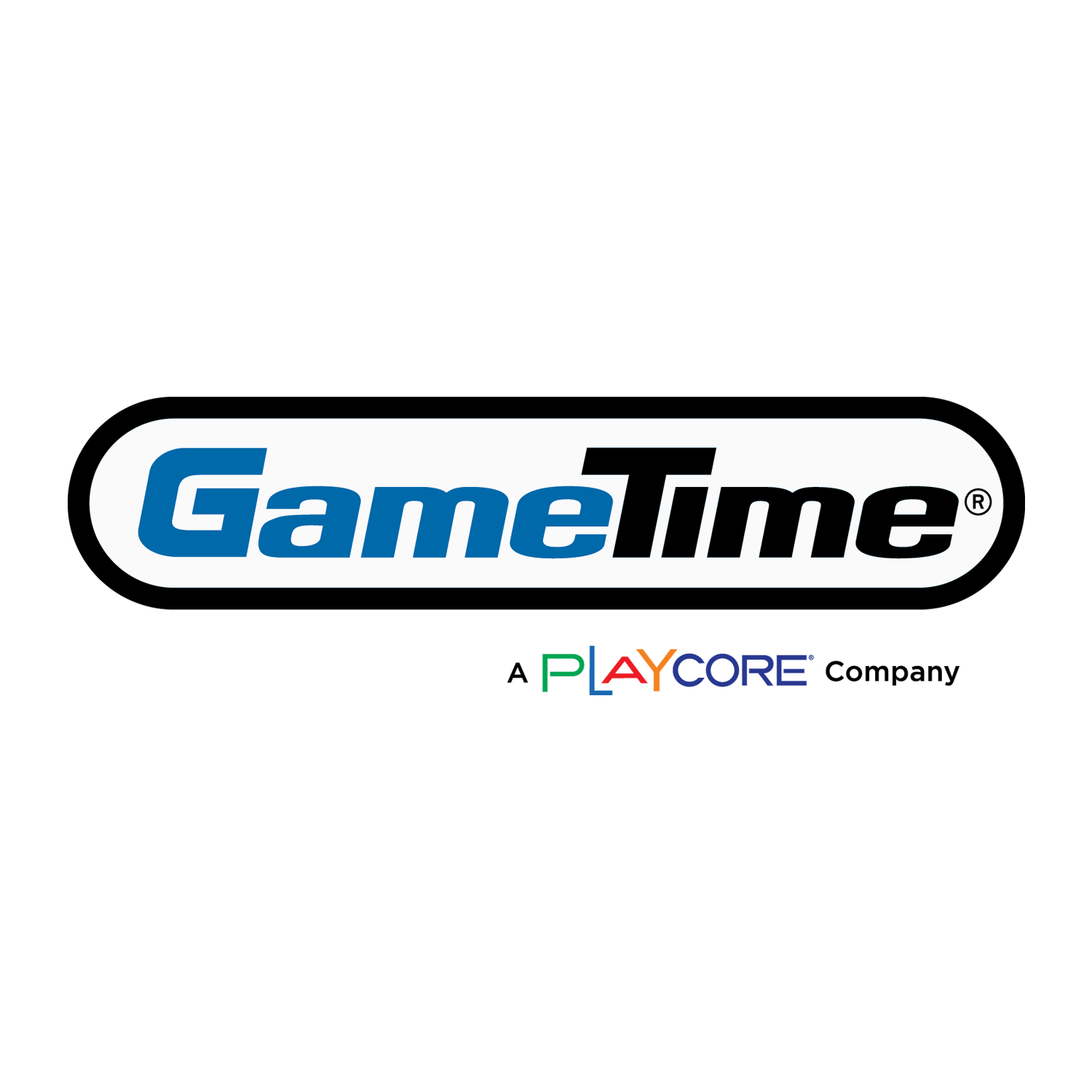Teaching Young Children to Respect Dogs
There is nothing more adorable than a child and their loyal dog side by side, growing together, however, it is important to teach children from an early age to respect their furry friends.
Without this awareness, issues could arise that could be unsafe, or even dangerous- even with the most gentle, loving, and trustworthy pet.
Raising your child with both the knowledge of how to act and behave around your own dogs, as well as others’ dogs, is a responsibility all parents and dog owners should take part in. After all, you want your children to have a healthy respect and relationship with their favorite furry friends. Take a quick look at the tips we’ve shared below to do just that!
Recognizing Communication
No matter what breed of dog you own, they all communicate in relatively similar manners. Your goofy Labrador will offer behaviors the same as a Chihuahua or German Shepherd when scared, hurt, or protective. They also will shower you with love in the same way. This is especially important if you have adopted or rescued your pet, as you will need to be even more attuned to their needs as first as they become familiar with your home. For example, just because you rescued a family-friendly Goldendoodle doesn't mean they will feel comfortable the day they arrive.
Explaining and showing your children, and those you interact with, how dogs outwardly show irritation or displeasure provides them a situational awareness they can take note of in your own pets, as well as those they may approach outside the home. Dogs in particular may view children as their ‘care’ and may behave in manners that are part of how they would teach their own pups- if they had them. Using their body, nipping, or bearing teeth may not always be aggressive, but a warning to behave. Allowing your children to understand and respect their behaviors creates a more mutual understanding and respectful relationship.
Respecting Boundaries
Dogs have boundaries concerning what they perceive as personal space and ownership of food, bedding, and toys just like humans do. This is an especially helpful consideration when you have adopted a rescue animal who most likely has an idea of what is both okay, and not okay, in their world.
Teasing, sneaking up on, or reaching for a dog's food or toy are things you wouldn't do to a human and therefore should not be done to a pet. Even if your dog is not aggressive concerning these issues, it can create anxiety or distrust, especially as a dog ages. Older animals in particular struggle with eyesight, hearing, and hidden pains that can result in an outward show of aggression that is usually fear or pain-based. You especially want your children to learn to care for these beloved elderly pets.
Modeling Healthy Interactions
All of the above, and the fostering of a healthy relationship between dogs and children, can be done easily when you constantly model the proper behavior. This is especially important when approaching or dealing with a new or strange dog. Even very young children can pick up on visual, verbal, and physical clues in reference to how to speak and act around dogs, as well as how to approach or touch them.
It also is important to discipline children that are not taking care in their approach or attitude towards a dog. Discipline doesn’t have to be harsh, but it is important that you allow your child to recognize the consequences of their actions early on. This will help you avoid potential dog bites or attacks, and it is better for a child to deal with the consequences you set than a neglected lesson that ends unhappily for both child and pet.
In Short…
The best thing you can do for your child, whether you own a dog or not, is to teach them how to interact and respect our favorite 4-legged companions in a healthy manner. This is not just for the benefit of the animal in question, but also for the safety and social growth of your own child. This helps to avoid potentially dangerous situations, and allows your child to recognize and react to behaviors that are not wholly self-centered! Overall, this interaction is an excellent teaching opportunity.











Add new comment